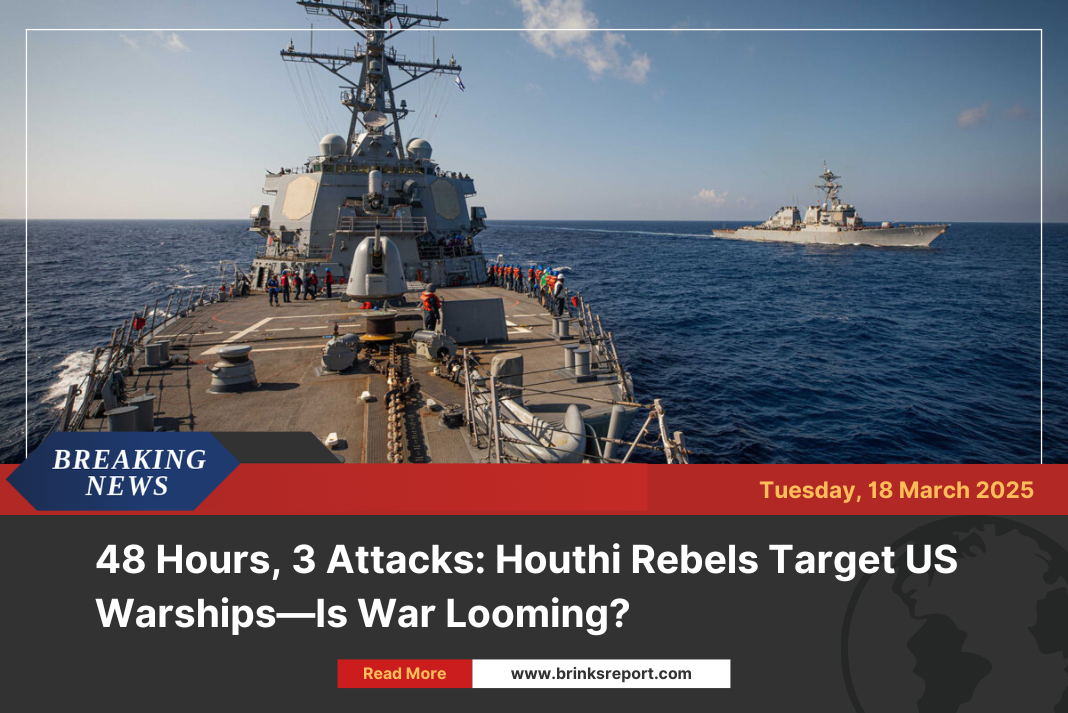
In a high-stakes phone call with Vladimir Putin, US President Donald Trump gave Russia a major win by backing Putin’s demand for direct talks with Ukraine.
Trump dropped his own call for a 30-day ceasefire, leaving Ukraine and its European allies frustrated and exposed. The two-hour conversation on Monday made clear that Trump’s priority is a reset of US-Russia relations — not ending the war.

What does this mean for the average person? Simply put, the fighting in Ukraine could drag on, and the hopes for peace dim, as the US appears to be stepping back from pushing for a ceasefire.
Instead, Trump seems focused on reopening trade talks with Russia once the conflict ends — a goal that sidelines Ukraine’s sovereignty and security.
Trump’s Shift: From Ceasefire to Trade Deals
Before the call, Ukrainian President Volodymyr Zelenskyy and European partners pushed for a US-backed ceasefire proposal. Trump’s refusal to push it signals a significant shift.
He now supports Putin’s idea that Ukraine and Russia should hold direct talks, a tactic Putin has used before to delay peace and wear down opposition.
Trump even suggested the Vatican might host these talks, indicating US mediation is ending. It’s like the US is quietly handing the baton to Europe — and perhaps to Russia — in managing the conflict. The big irony? Trump’s tweets sometimes show frustration with Putin, but behind closed doors, they seem to be singing the same tune.
Also Read Did Qatar Really Gift Trump a $400M Jet — or Is There a Bigger Game at Play?
Putin’s Maximalist Demands: The Real Deal
Putin isn’t interested in peace just yet. His “root causes” for the war mean Ukraine must accept Russia’s annexations, change its government, restrict its military, and stay out of NATO. Basically, Putin wants Ukraine stripped of independence and turned into a puppet state.
Trump’s failure to oppose these demands makes it clear he isn’t fighting for Ukraine’s sovereignty.
His focus is on restoring US-Russia relations and future trade, no matter what happens on the battlefield. It’s a gamble that risks Ukraine’s freedom for Washington’s economic interests.
The Bigger Picture: What’s Really at Stake?
This call isn’t just a diplomatic hiccup — it’s a warning signal. The US, once a strong supporter of Ukraine, now seems ready to step back and let Russia set the terms. That leaves Ukraine vulnerable and Europe scrambling to respond.
Putin’s ideological drive to reclaim lost Soviet influence shows no sign of softening. Trump’s trade-first approach misunderstands the war’s roots. It’s not just about business; it’s about power, identity, and survival for millions in Ukraine.
Trump and Putin: Same Script, Different Stage
After the call, Putin sounded confident, saying something might happen — or not. “If it doesn’t, they’ll have to keep fighting,” he said. Trump’s endorsement gave Putin the green light to keep pushing his agenda.
For now, the world watches nervously. Peace talks are stalled, ceasefire dreams delayed, and Ukraine’s future uncertain. The US appears more interested in trade deals than the cost of war.
Also Read Trump Announces $14.5 Billion Order for 28 Boeing Planes by Etihad Airways












